Several options for parking in Trevi allow you to explore the town conveniently:
- Trame Naturali – Parco Agricolo di Borgo Trevi: This location offers parking and is rated highly by visitors. It is situated at Inc. Parrano Ss.3 Flaminia.
- Ninfeo di Villa Fabri: Another option for parking is near this site, which is located at Via Madonna delle Lacrime. It has a good rating and is a popular spot for visitors.
Trevi is a small town, and many visitors find it convenient to park in designated areas and explore on foot. There are parking lots available that allow for easy access to the town’s attractions.
The Complesso Museale San Francesco in Trevi, Umbria, is a significant cultural complex housed in a former Franciscan convent. This site is notable for its diverse offerings, including the Museum of Civilization of the Olive Tree, the Archaeological Museum, the Pinacoteca, and the Church of San Francesco.
Museum of Civilization of the Olive Tree
This museum is dedicated to the history and culture of olive cultivation, a key aspect of the region’s identity. It features four thematic sections: Botany, Understanding Olive Oil, Symbolism, and Historical Context.
Archaeological Museum
Located on the ground floor, this museum showcases artifacts from various historical periods: Roman Inscriptions, pre-Roman culture, and Lombard Necropolis.
Pinacoteca
The art gallery features notable works from the medieval and Renaissance periods, including the Coronation of the Virgin by Lo Spagna, originally for the high altar of the Chiesa di San Martino, and Madonna and Child attributed to Pinturicchio, which showcases early Renaissance artistry.
Church of San Francesco
This church is built over an earlier sacred site and features frescoes from the 14th century that depict the life of the Madonna. A rare wall organ from the Renaissance period can also be found here.



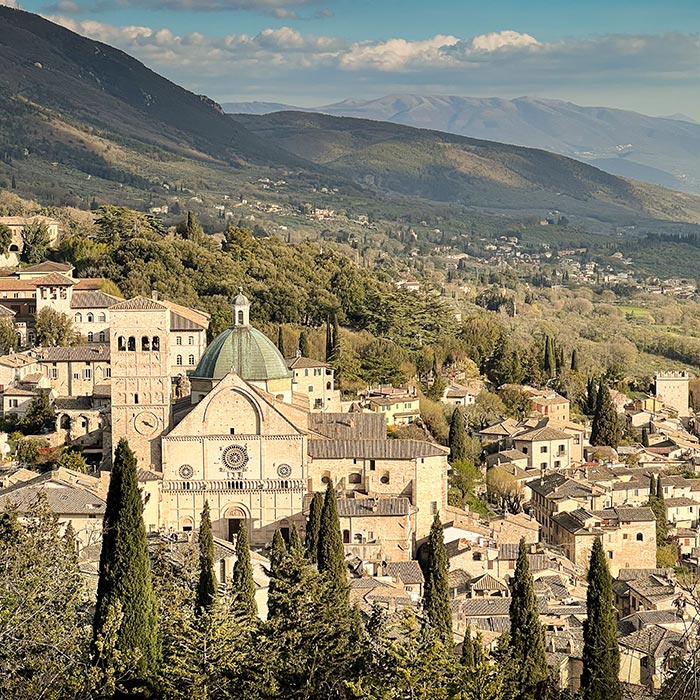
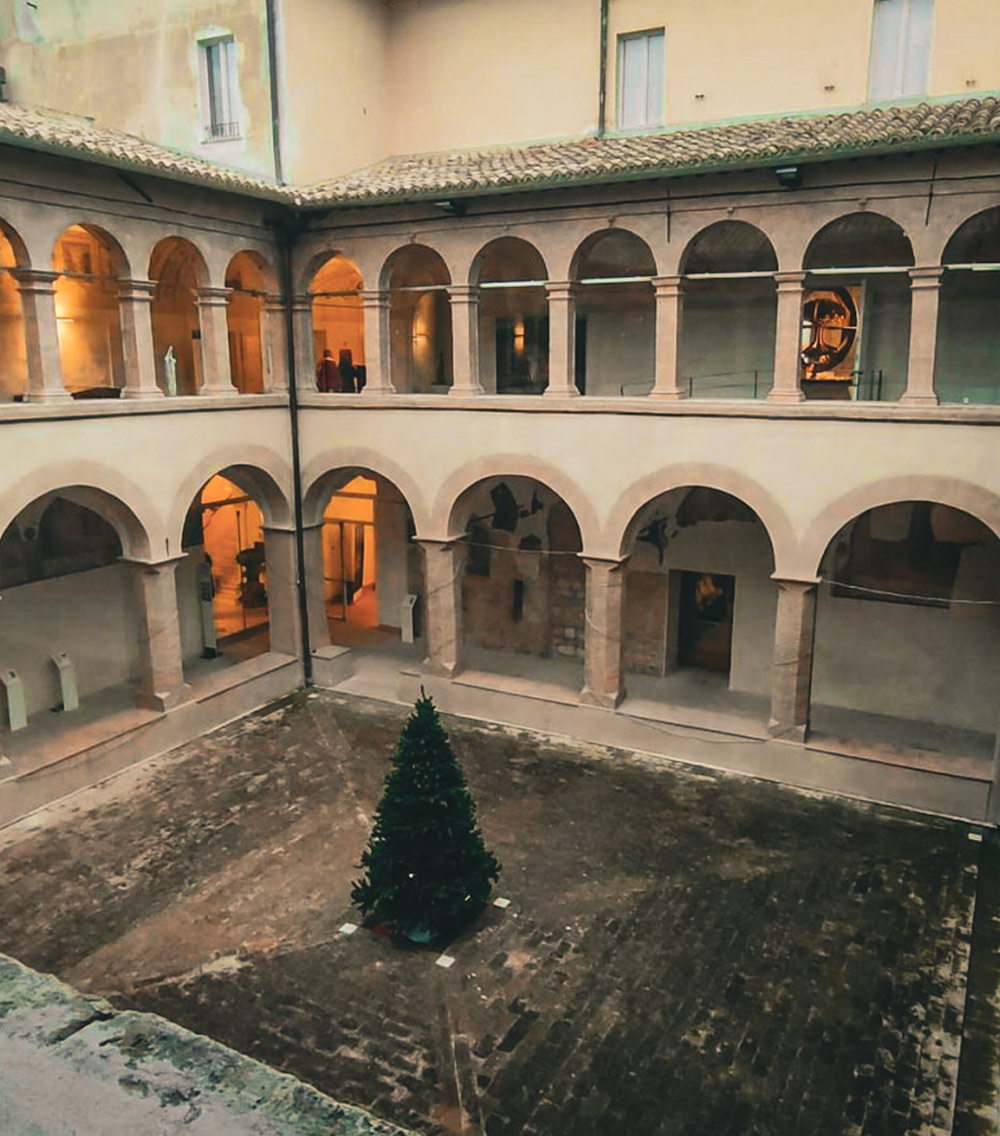
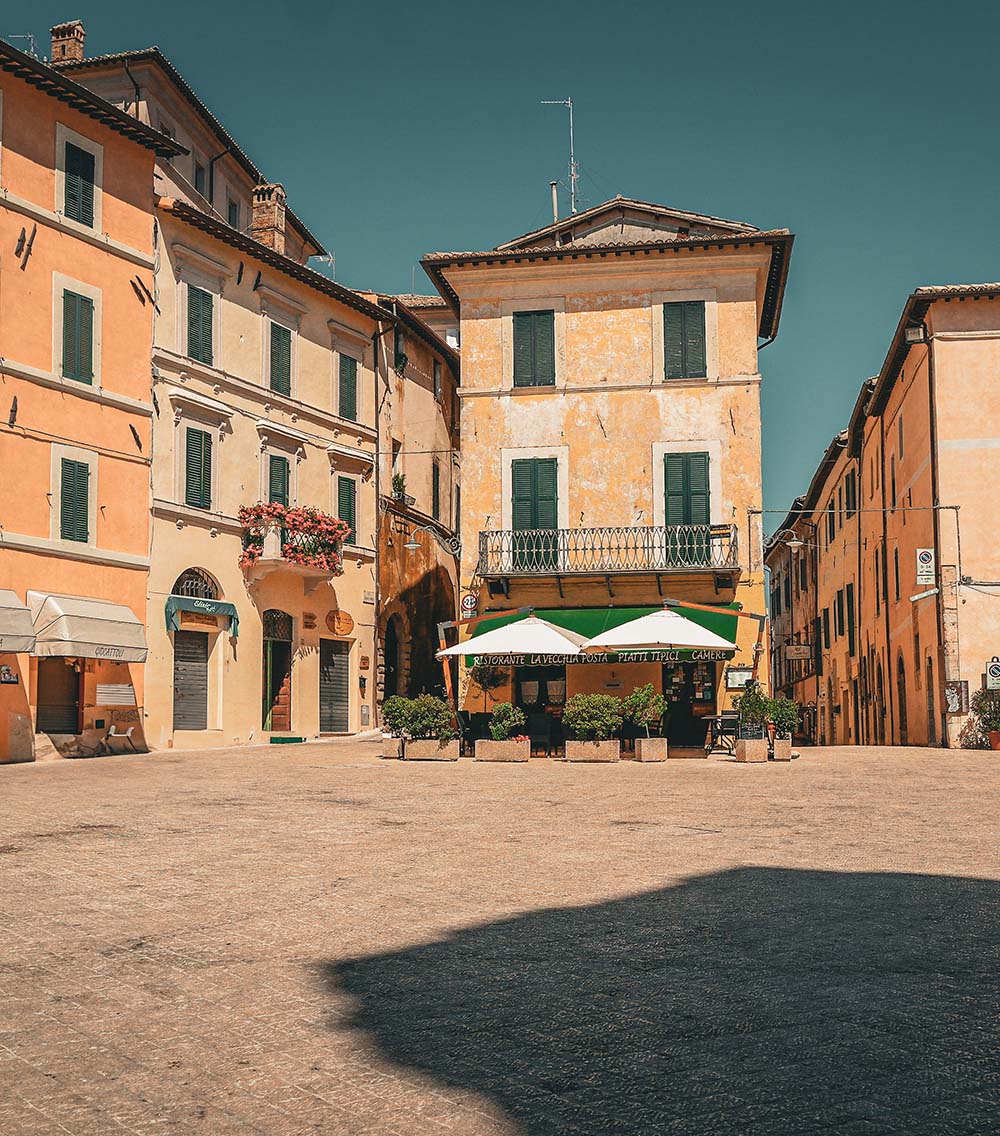

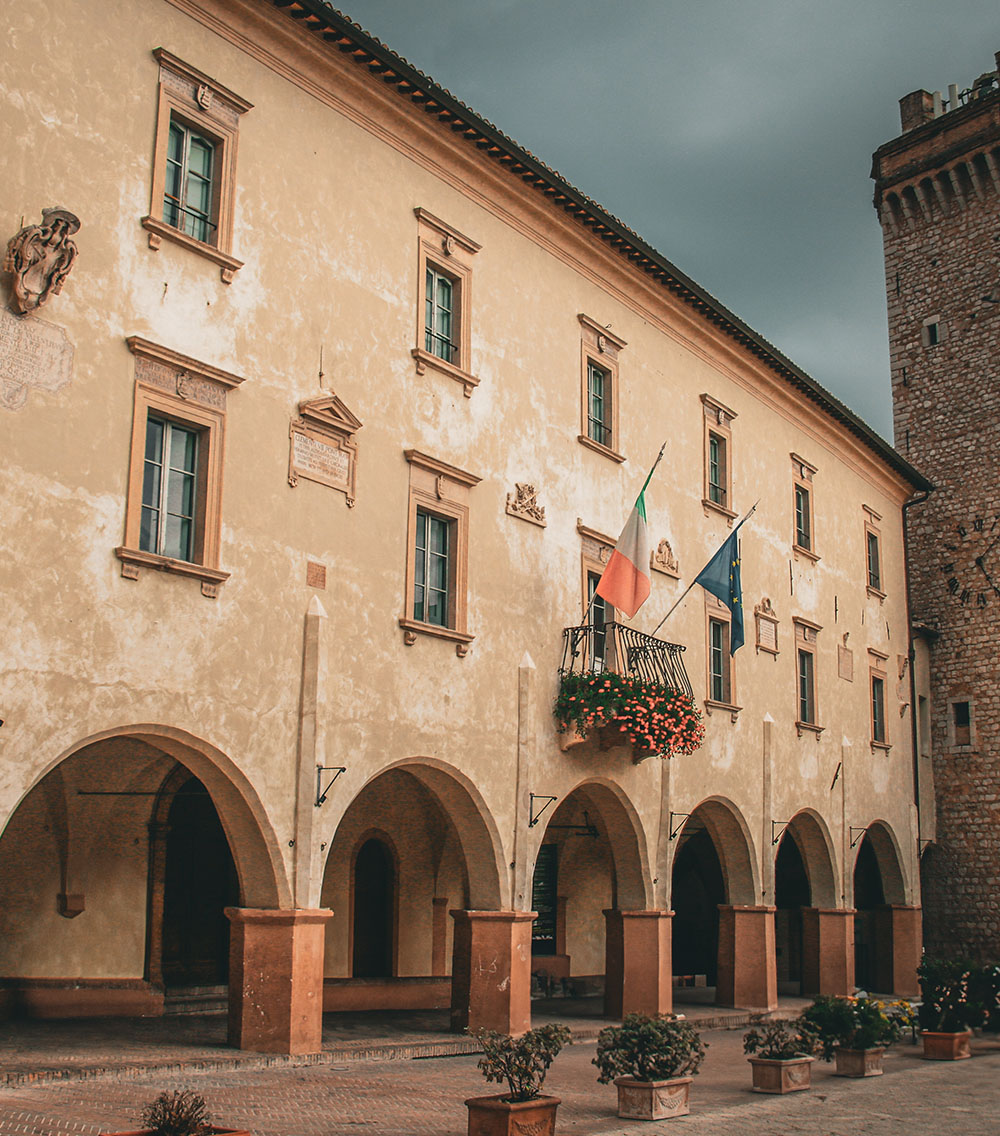



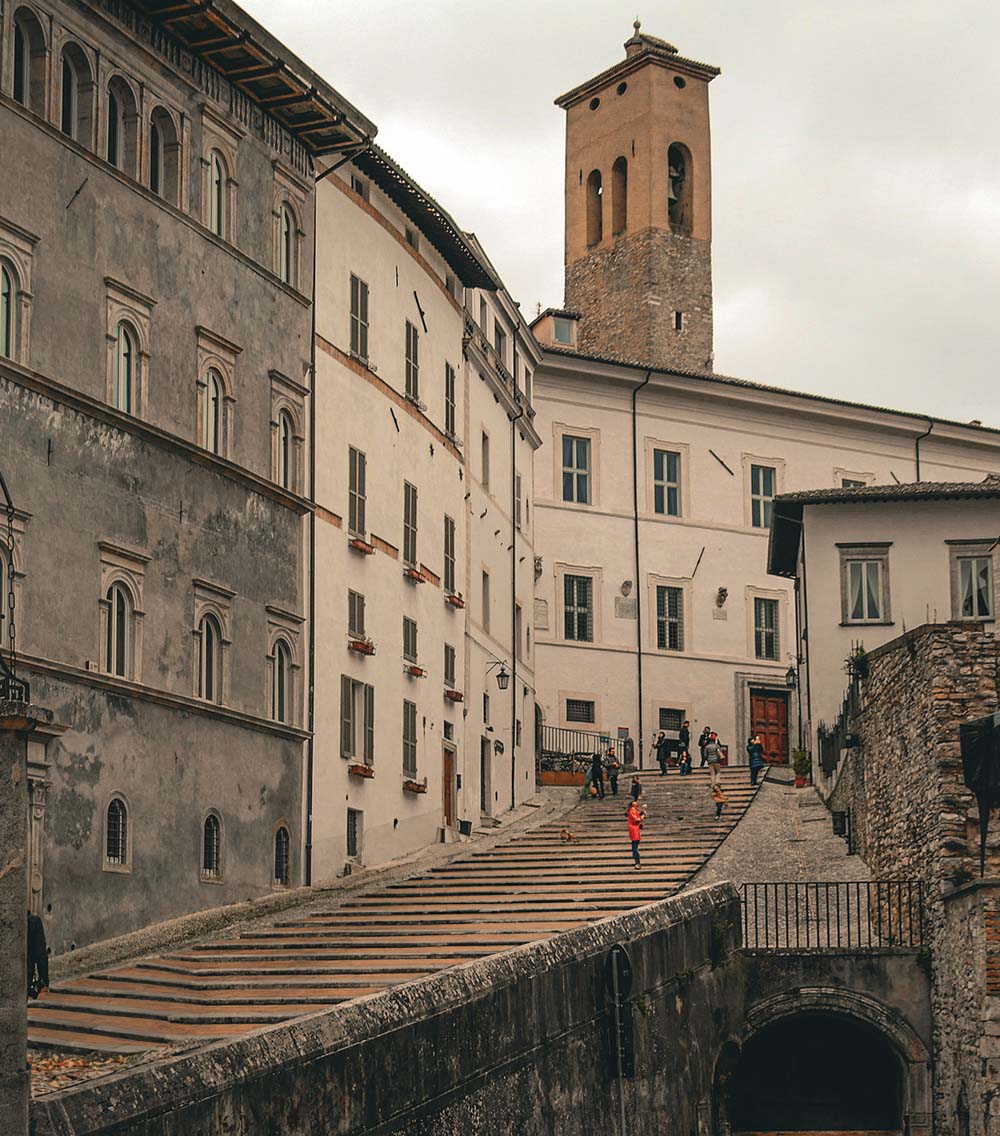

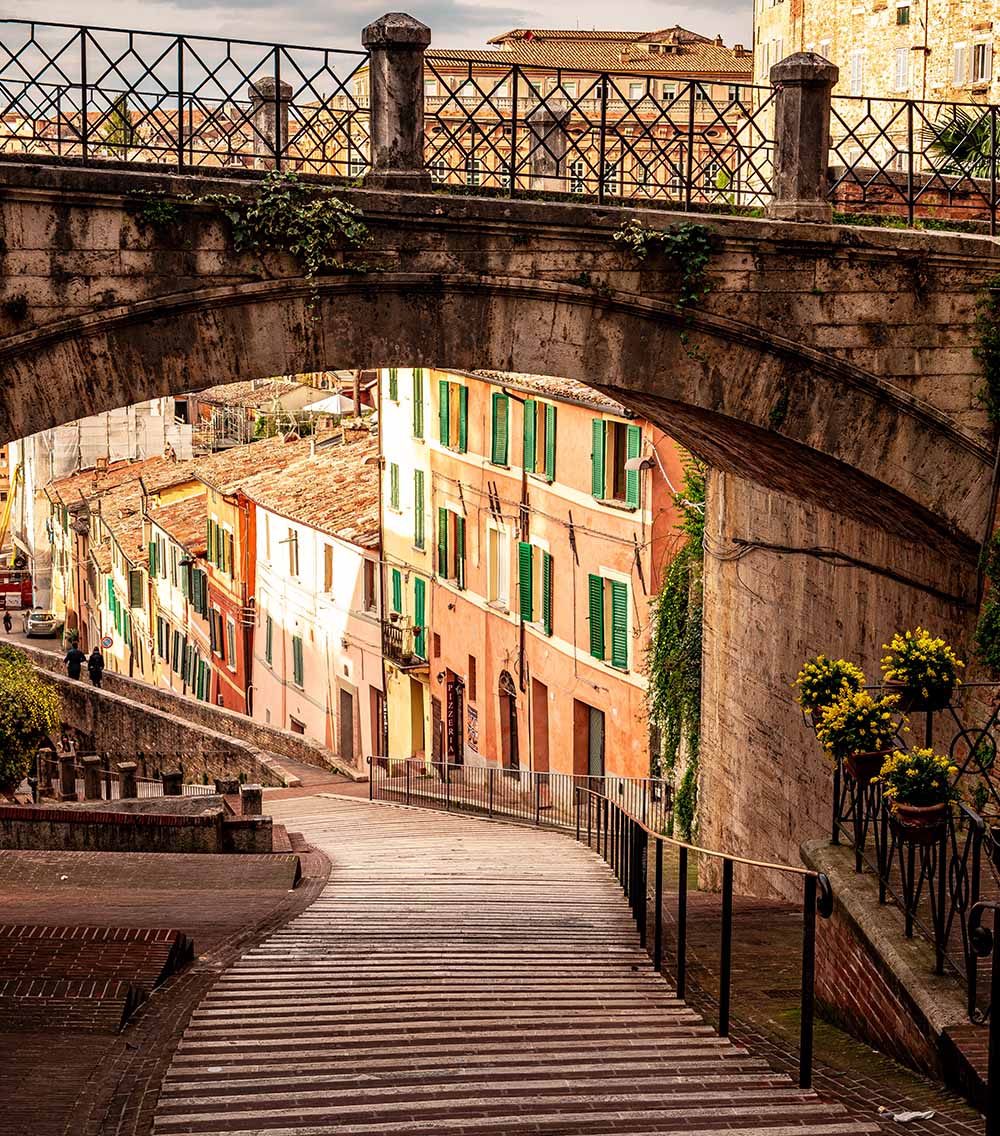





No Comments